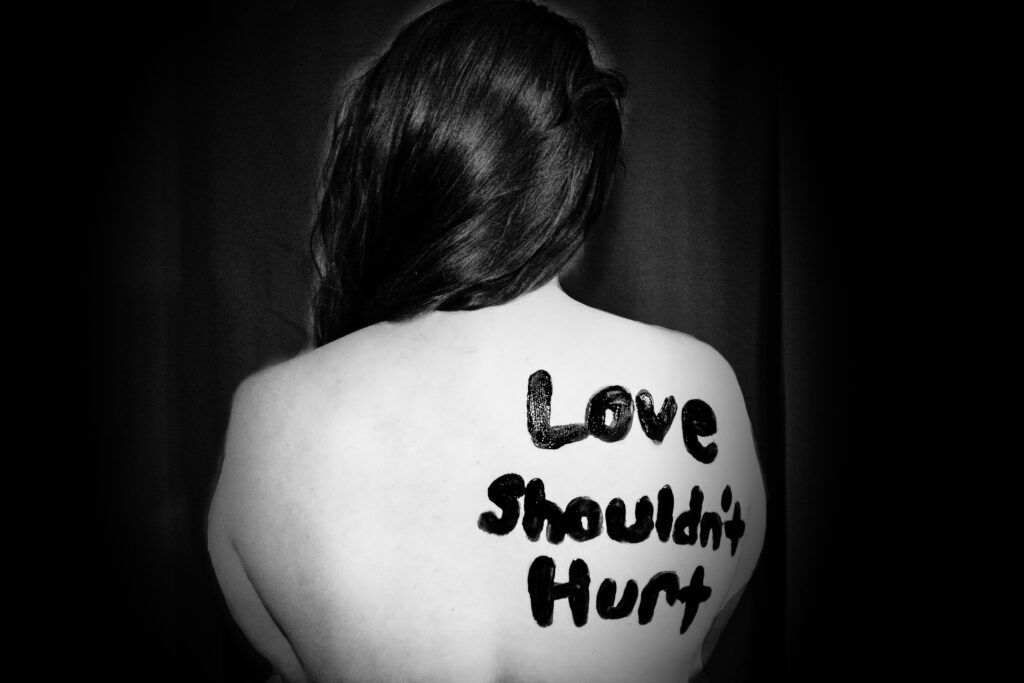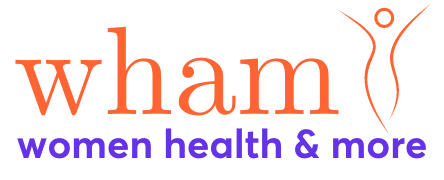
Domestic abuse within the LGBTQ+ community is a harrowing reality that often remains veiled behind societal misconceptions and lack of awareness. Reports indicate that approximately 25% of individuals within the LGBTQ+ spectrum endure violent or threatening relationships, mirroring the rates observed in abuse against heterosexual women.
Nevertheless, the issue remains largely under-reported due to several complex factors. Fear of disclosing one’s sexual orientation or the nature of the relationship, along with the absence of recognition within the community, contribute to this silence. The experience of domestic abuse among LGBTQ+ individuals shares several parallels with heterosexual women, encompassing emotional manipulation, physical aggression, financial control, and social isolation. Yet, there are distinctive aspects unique to same-sex domestic abuse that exacerbate the ordeal.
One such aspect is the threat of ‘outing’ used as a control tactic. Abusers may manipulate victims by threatening to disclose their sexual orientation to friends, family, or communities, leveraging the tight-knit dynamics of LGBTQ+ groups. This kind of coercion preys on the vulnerability stemming from the lack of support available outside the community, adding immense pressure on the victim.
Moreover, the abuse may become intricately associated with one’s sexual orientation or gender identity, leading to internalized homo/bi/transphobia. Victims might start attributing the abuse to their LGBTQ+ identity, fostering feelings of self-blame and further complicating their emotional turmoil.
Another substantial challenge is the limited recognition of domestic abuse within LGBTQ+ circles. The absence of discussions or information about this issue within the community leads to a lack of understanding, where victims may not recognize their experiences as domestic abuse or know how to seek help.
Confidentiality and isolation further compound the situation within LGBTQ+ communities. Living in smaller towns or rural areas can intensify this isolation, making it arduous for victims to seek support due to feelings of shame, partner-induced alienation, or limited prior contact within the LGBTQ+ community.
Encouraging disclosure and seeking help poses another significant hurdle. Victims might be hesitant to disclose their sexual orientation to authorities or organizations due to prevalent societal homophobia and transphobia. Moreover, misunderstandings or assumptions based on hetero-normative language within service providers may hinder effective communication and discourage victims from seeking assistance.
To address this issue, inclusive approaches need to be embraced. Creating safe spaces, promoting awareness, and altering language used by service providers can greatly impact the willingness of victims to come forward and seek help.
Victims of same-sex domestic abuse have the right to be protected and supported just as anyone else. Establishing safety plans, seeking support from trusted allies, and advocating for inclusivity and understanding are crucial steps towards addressing and combating same-sex domestic abuse within the LGBTQ+ community.
For individuals experiencing abuse or in distressing situations, immediate support is available. They can reach out for help by dialling the toll-free hotline 179, which operates 24 hours a day, seven days a week, ensuring immediate assistance and guidance. Additionally, they can seek support from The Rainbow Support Service by contacting them directly at 79430006. Both resources are committed to offering crucial aid, guidance, and a safe space for those going through challenging circumstances.
Should you have any stories or experiences of same-sex relationship abuse that you want to share with WHAM to create more awareness on this subject, please feel free to write to us in the strictest confidence at [email protected]





